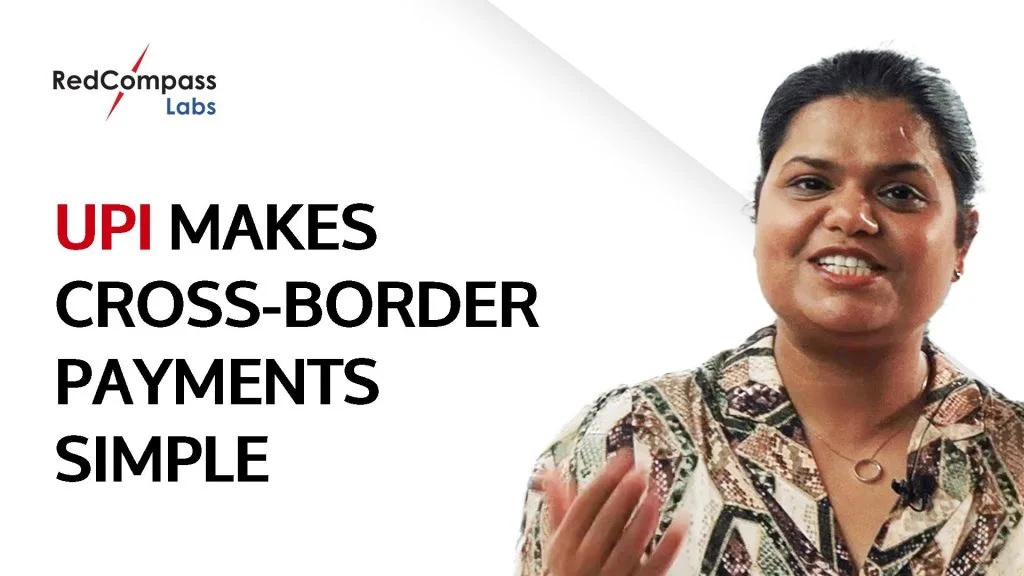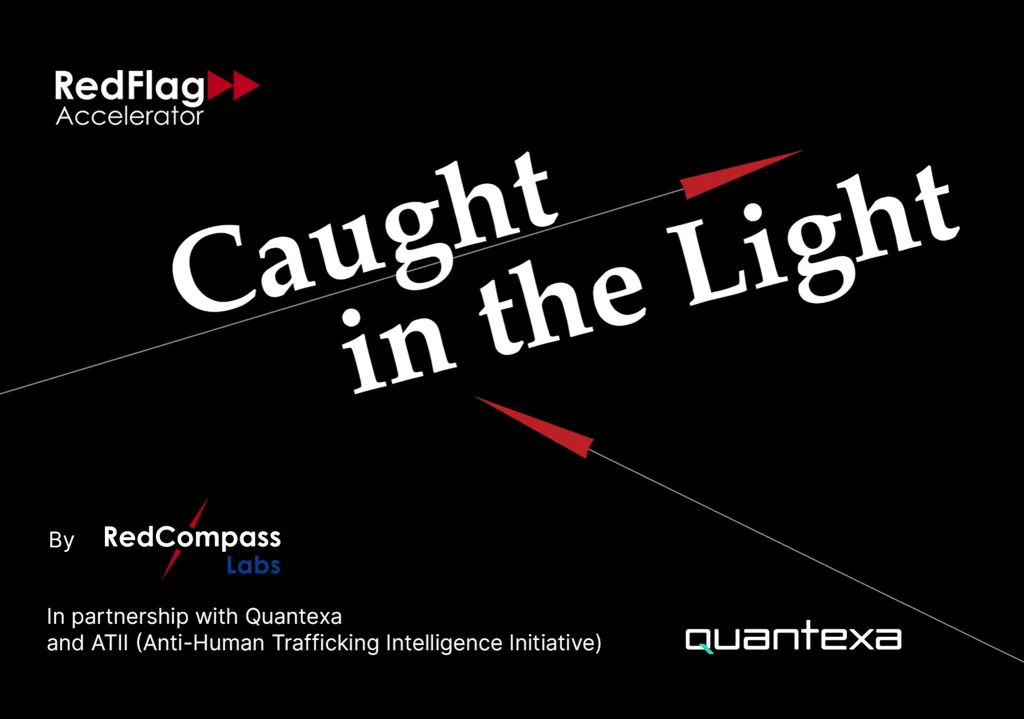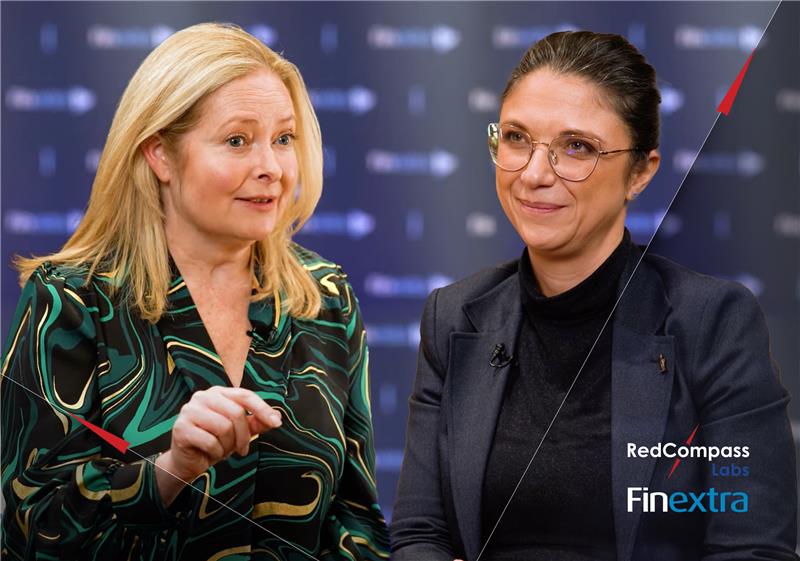What is UPI? India’s instant payment scheme explained
UPI has revolutionized the way India transacts. So much so that fast, simple, and cost-effective payments have become a way of life for Indian consumers. But what is UPI? How does it work? And what can banks across Europe and North America learn?
What is UPI?
UPI stands for Unified Payments Interface. It is an instant real-time payment system developed by the National Payment Council of India, which facilitates Person to Person (P2P) and Person to Merchant (P2M) transactions. Anyone with a smartphone, an active bank account, and internet access can send money for free, in the blink of an eye. In fact, you can transact faster than the time you spend logging into your banking application.
UPI launched in October 2016 and clocked one million transactions that month. Seven years later, the scheme had just crossed an eye-watering 11 billion transactions worth 261 billion US dollars.
So how does it work? UPI is a QR code-based payment. It doesn’t matter who provides the QR code or UPI service, users can send and receive money using any UPI app. Its ability to function across multiple payment schemes makes it a powerful enabler for a global interoperable payments system. This brings us to the biggest selling point for UPI internationally: UPI could both accelerate growth and reduce the cost of cross-border transactions to and from India. That’s huge. According to the World Bank, India’s remittances exceeded US$100 billion in 2022, the most of any nation in the world and significantly ahead of major economies such as China.
So, UPI is:
- Free – Payment authentication and authorization is done by the Unique Identification Authority of India free of charge.
- Secure – Tokenization makes the payment data unreadable and hence removes the need to store and maintain the data by the Bank.
- Available – As per the data published by NPCI for the last few quarters, there was zero downtime recorded for the availability of UPI for payment transactions
But why is this of interest to any country other than India? And why is a global technology giant like Apple working to integrate with UPI and create a localized version of Apple Pay?
Stay tuned for part two of our 100-second mini-series on UPI, where we will discuss the use cases of UPI around the world. Subscribe to our YouTube channel to get notified when the next episodes are published.
Share this post
Written by

Pratiksha Pathak
Head of Payments Services
Resources





